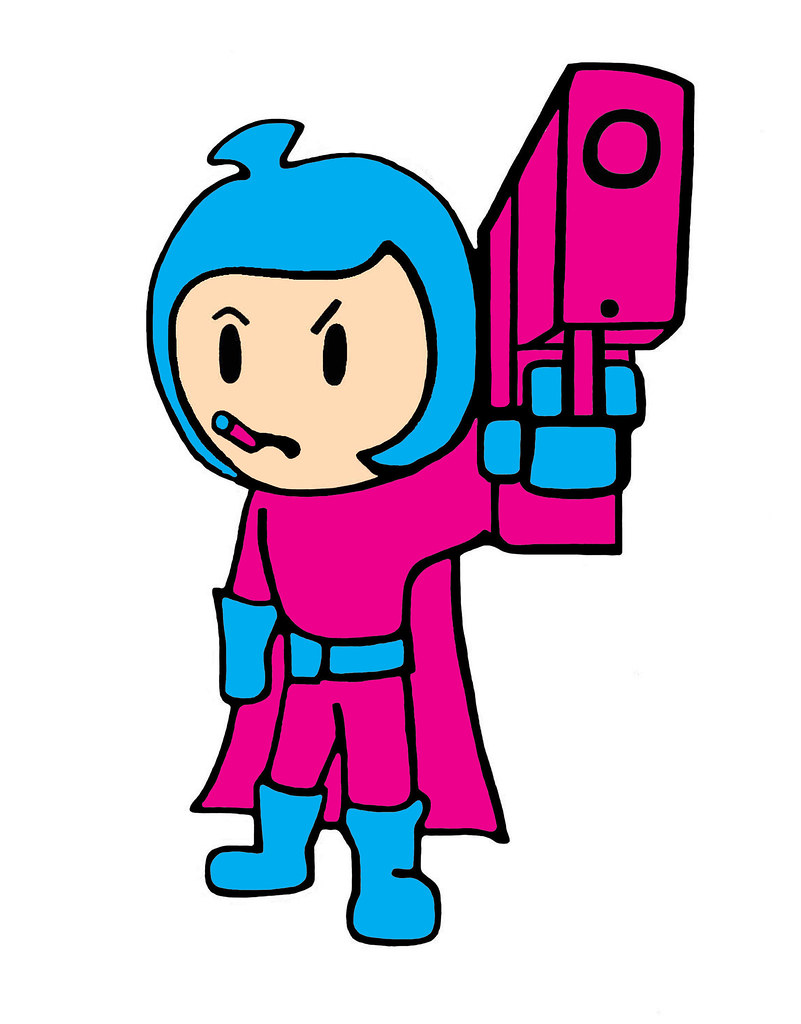Kawaii clothing is a distinct and captivating style rooted in Japanese culture that has grown to become a global fashion phenomenon. The term “kawaii” (可愛い) translates to “cute” or “adorable” in English, but the concept encompasses far more than simple aesthetics. Kawaii fashion is a powerful cultural expression, a playful rebellion against conventional norms, and a celebration of innocence, color, and creativity. Over the years, it has evolved from niche street styles in Japan to an international trend influencing high fashion, pop culture, and youth identity around the world.
Origins of Kawaii Culture
The roots of kawaii culture can be traced back to post-World War II Japan, particularly in the 1970s. It emerged alongside the development of a new handwriting style by teenage girls, characterized by rounded characters and the addition of cute symbols like hearts and stars. This writing style, known as “burikko-ji” or “cute writing,” was initially frowned upon by authorities but quickly gained popularity among young people. It marked the beginning of a broader kawaii aesthetic that began to influence toys, advertisements, and fashion.
Sanrio’s creation of Hello Kitty in 1974 was a pivotal moment in the development of kawaii culture. Hello Kitty’s simple, round design, with her expressionless face and tiny features, encapsulated the essence of kawaii. Over the decades, kawaii has grown beyond its modest beginnings, encompassing not only children’s products but also teen and adult fashion, lifestyle, and even art.
Characteristics of Kawaii Clothing
Kawaii clothing is instantly recognizable for its colorful, whimsical, and childlike appearance. The key characteristics of kawaii fashion include:
- Pastel Colors and Soft Tones: Kawaii clothing often features gentle shades of pink, blue, lavender, mint, and yellow. These colors evoke a sense of sweetness and innocence.
- Playful Designs: The outfits typically include fun patterns, oversized bows, animal motifs, cartoon characters, and frills. Accessories might include plush toys, animal ear headbands, and novelty bags shaped like cupcakes or kittens.
- Youthful Silhouettes: Clothing items often mimic children’s wear, including pinafores, oversized sweaters, pleated skirts, and Peter Pan collars. The goal is to create a look that’s charmingly youthful or doll-like.
- Layering and Coordination: Many kawaii outfits are built through creative layering—pairing skirts over leggings, or dresses over blouses, and matching accessories meticulously to the overall theme of the outfit.
- Substyles: Kawaii clothing includes several substyles, each with its unique flair:
- Lolita: Inspired by Victorian and Rococo fashion, Lolita includes petticoats, lace, and parasols.
- Fairy Kei: Focuses on pastel colors and 80s/90s toy aesthetics, often featuring vintage character prints.
- Decora: Known for its excessive accessorizing, with dozens of hair clips, pins, and layers.
- Yume Kawaii: A dreamy and sometimes melancholic style, blending soft pastels with surreal elements like bandages or clouds.
Cultural Significance
Kawaii fashion is more than just a trend—it is a cultural statement. In Japan, kawaii serves as both a form of self-expression and a social phenomenon. It allows individuals to temporarily escape the pressures of a rigid society and embrace a world of innocence and play. For many, dressing in kawaii clothing is a way to reclaim childhood joy, express gender fluidity, or challenge traditional beauty norms.
Moreover, kawaii can be an act of rebellion. Though it may appear sweet and submissive, many wearers use kawaii fashion to assert their individuality in a society that often emphasizes conformity. By dressing in bright, unconventional outfits, they stand out and resist societal expectations, particularly regarding how women should look or behave.
Global Influence
With the advent of the internet, kawaii clothing has spread far beyond Japan. Platforms like Tumblr, Instagram, and TikTok have played key roles in popularizing kawaii aesthetics around the world. Today, fans of kawaii fashion can be found in the United States, Europe, Southeast Asia, and beyond. Online communities share outfit ideas, DIY tutorials, and even launch independent kawaii brands.
International fashion designers have also taken note. Brands like Moschino and Comme des Garçons have incorporated kawaii-inspired designs into their collections. In pop culture, artists like Kyary Pamyu Pamyu have used kawaii fashion to build unique visual identities, blending music with eccentric and colorful outfits.
Challenges and Criticisms
Despite its charm, kawaii fashion is not without criticism. Some argue that it encourages infantilization, especially of women, by promoting childlike appearances. Others are concerned about cultural appropriation when non-Japanese individuals adopt kawaii clothing without understanding its cultural context.
Furthermore, the commercial success of kawaii has led to its commodification. What began as a subversive and grassroots movement has, in some ways, become mainstream, leading to concerns about authenticity and commercialization.
Kawaii clothing is a vivid, joyful, and complex form of fashion that continues to evolve. It blends playfulness with artistry, innocence with rebellion, and tradition with innovation. More than just a way to dress, kawaii is a philosophy of life—a way to embrace beauty, creativity, and self-expression in a sometimes harsh and monotonous world. Whether worn on the streets of Harajuku or in online communities across the globe, kawaii fashion reminds us of the power of cuteness to uplift, inspire, and connect people through shared aesthetics and values.
